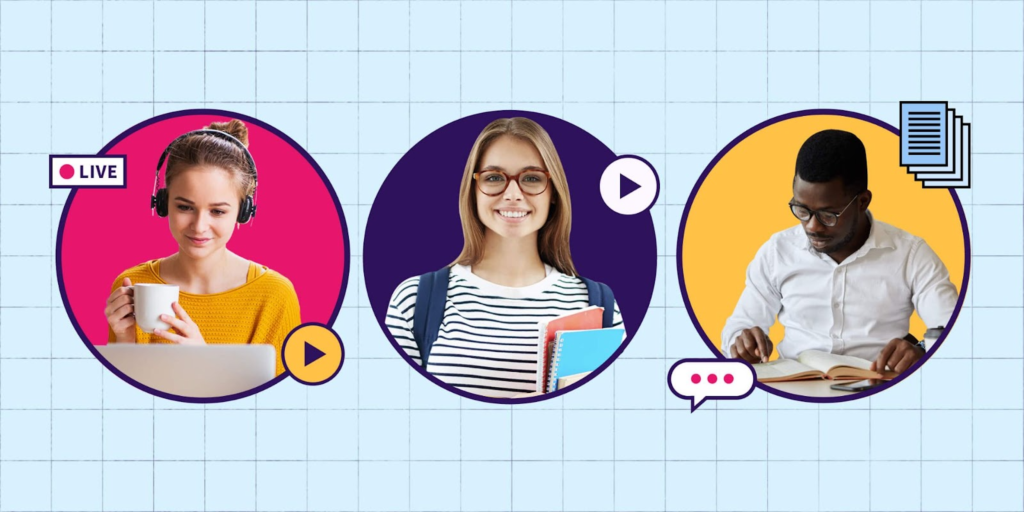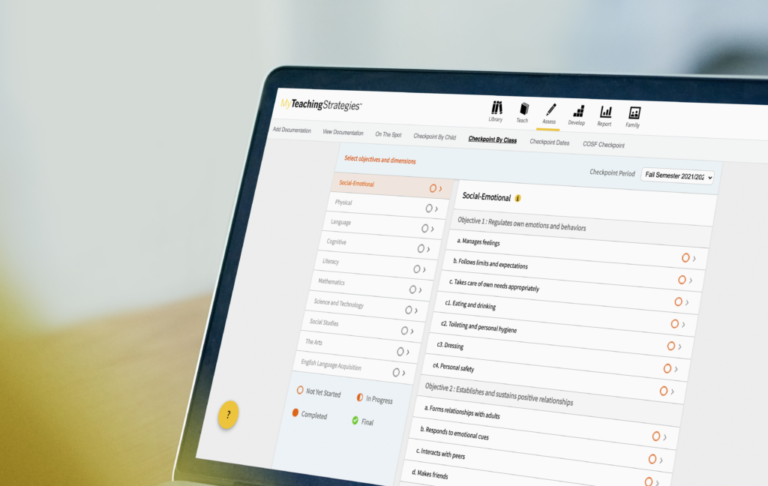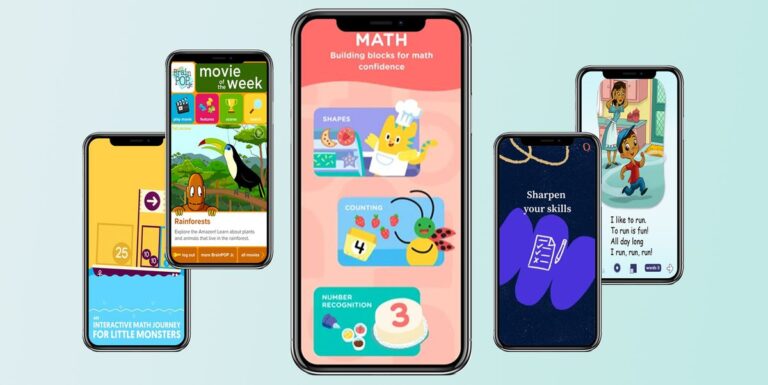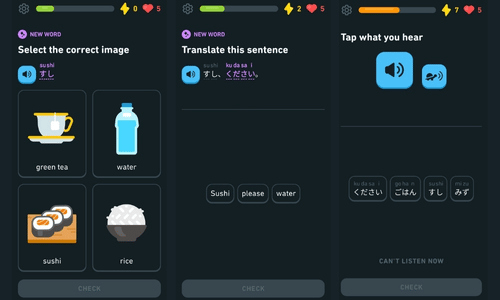Engaging students is one of the biggest challenges for teachers. Students are constantly exposed to a multitude of distractions that can impact their focus in the classroom. However, teachers can use effective student engagement strategies to keep students interested and invested in their learning. In this article, we will explore some of the top student engagement strategies that have been proven to work, as shared by experienced teachers.
Table of Contents
Active Learning

Active learning is a student-centered approach that involves students in the learning process, allowing them to take control of their learning. It can include activities such as group discussions, debates, simulations, and experiments. Active learning helps students retain information better, as it requires them to process information and apply it in a meaningful way. Incorporating active learning into lesson plans is an effective student engagement strategy.
Technology Integration
Today’s students are highly tech-savvy and use technology in their daily lives. Teachers can use this to their advantage by integrating technology into their lessons. Technology can be used to create interactive presentations, quizzes, and games that engage students and make learning more fun. This strategy also helps students develop skills that are essential in the 21st century, such as digital literacy.
Real-World Connections
Making connections between classroom content and the real world is an effective way to engage students. Teachers can use current events, news stories, and real-world examples to illustrate the relevance of the content being taught. This helps students understand the importance of what they are learning and can motivate them to learn more.
Differentiated Instruction
Every student is unique and has different learning needs. Differentiated instruction is a student-centered approach that involves tailoring instruction to meet the individual needs of each student. This strategy helps students feel valued and respected, and it allows them to learn at their own pace. Teachers can use differentiated instruction to engage students by providing them with challenging and meaningful activities that are appropriate for their level of learning.
Personalized Learning

Personalized learning involves tailoring instruction to meet the unique needs and interests of each student. Teachers can use technology to provide students with customized e-learning solutions and experiences that match their learning preferences. This strategy allows students to take ownership of their learning and helps them stay engaged by providing them with relevant and meaningful content.
Project-Based Learning
Project-based learning is a student-centered approach that involves students in the process of solving real-world problems or completing a project. This strategy helps students develop critical thinking, problem-solving, and collaboration skills. It also allows students to apply what they have learned in a meaningful way, which can help them retain information better.
Inquiry-Based Learning
Inquiry-based learning is a student-centered approach that involves students in the process of asking questions and finding answers. This strategy helps students develop critical thinking, problem-solving, and research skills. It also encourages students to be curious and engaged in their learning. Teachers can use inquiry-based learning to engage students by allowing them to explore their interests and find answers to their questions.
Gamification
Gamification involves using game elements, such as points, badges, and leaderboards, to motivate and engage students in the learning process. This strategy makes learning more fun and engaging, and it encourages students to compete with themselves and others to achieve goals. Teachers can use gamification to engage students by creating games that align with the content being taught.
Collaborative Learning
Collaborative learning involves students working together in groups to complete tasks or solve problems. This strategy helps students develop communication, teamwork, and leadership skills. It also encourages students to take responsibility for their learning and to learn from each other. Teachers can use collaborative learning to engage students by providing them with opportunities to work together and learn from their peers.
Feedback and Assessment

Providing feedback and assessment is an important student engagement strategy that helps students understand their progress and identify areas where they need to improve. Teachers can provide timely and specific feedback that is focused on student learning goals. They can also involve students in the assessment process by allowing them to self-assess and peer-assess their work. This strategy helps students take ownership of their learning and encourages them to improve their work.
Conclusion – Student Engagement Strategies
In conclusion, student engagement strategies are essential for effective teaching and learning. Engaged students are more likely to succeed academically and develop a love for learning. Teachers can use a variety of student engagement strategies, including active learning, technology integration, real-world connections, differentiated instruction, personalized learning, project-based learning, inquiry-based learning, gamification, collaborative learning, and feedback and assessment. By incorporating these strategies into their lesson plans, teachers can create an engaging and dynamic learning environment that supports student success.









